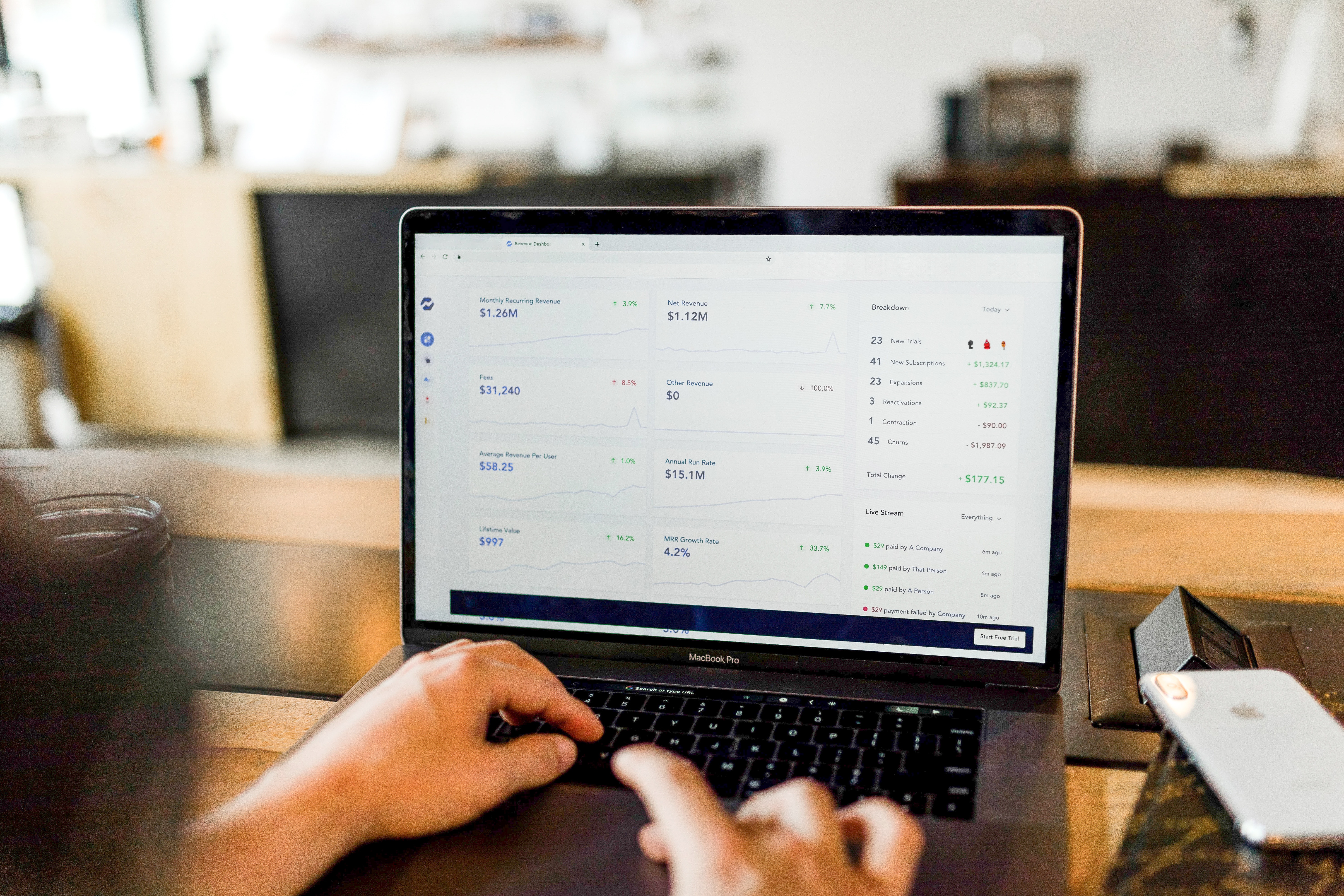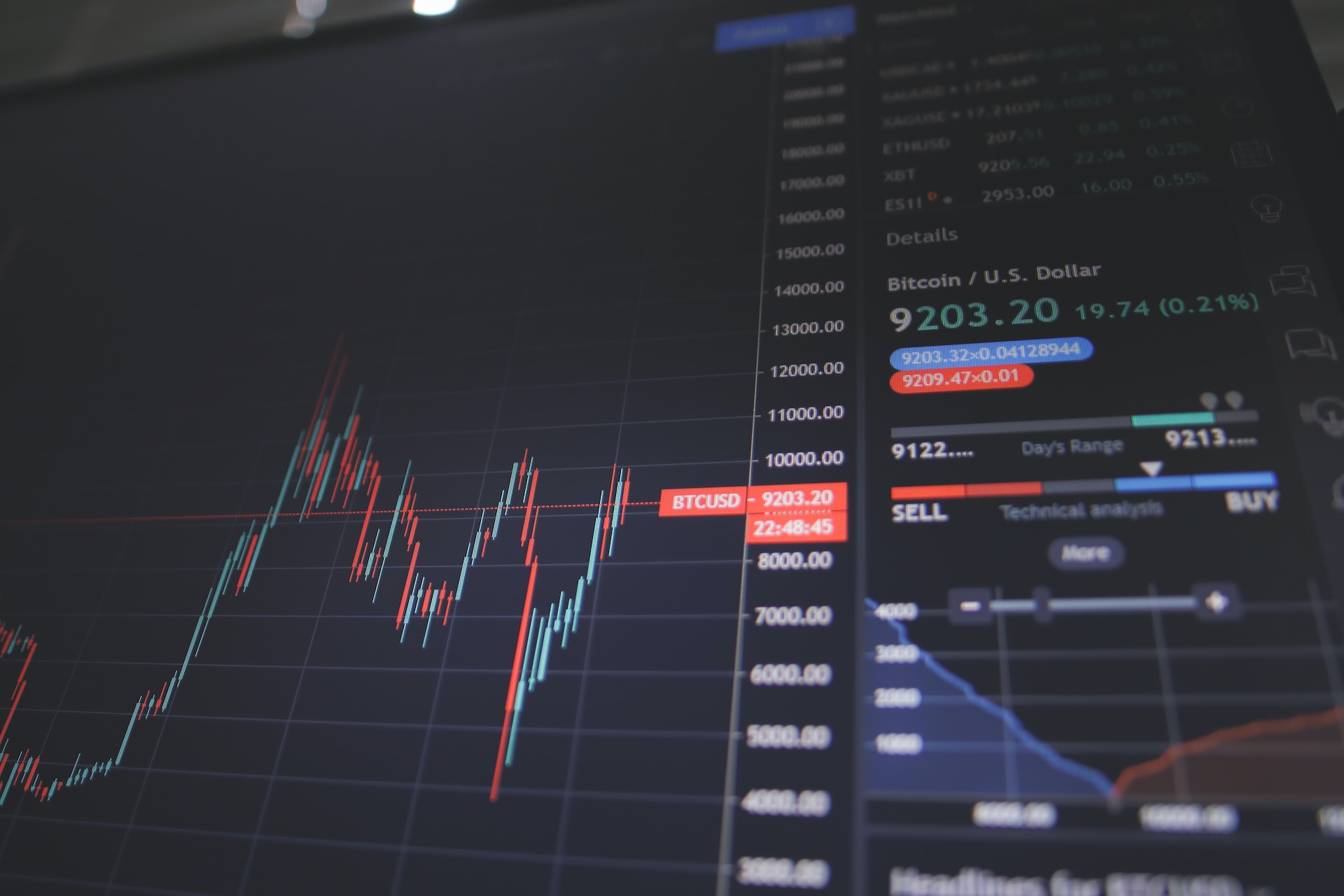Global Corporate Credit Predictor
How to use the model
Collect the following information regarding the company of interest:
- The industry that the company generates most of its profits from.
- The most recent audited financial statements from the company.
Calculate the financial ratios of the company based on the most recent audited financial statements of the company.
Input data into the model and click the ‘Submit’ button to begin model estimation.
Read the credit score of the company and assess its creditworthiness.
- Score of 600-1000. This reflects an investment-grade firm.
- Score of 400-600. This reflects a high-yield firm
- Score of 200-400. This reflects a speculative-grade firm.
- Interest coverage ratio. A debt and profitability ratio used to determine how easily a company can pay interest on its outstanding debt. The interest coverage ratio is calculated by dividing a company’s earnings before interest and taxes (EBIT) by its interest expense during a given period. Generally, a higher ratio is a more financially stable company.
- Gross profit margin. A metric to assess a company’s financial health by calculating the amount of money left over from product sales after subtracting the cost of goods sold (COGS). Generally, a higher ratio is a more profitable company.
- Total Liabilities/Total Assets. A leverage ratio that defines the total amount of debt relative to assets owned by a company. Generally, a lower ratio reflects a more financial stable company.
- Inventory/Current Assets. An efficiency ratio that shows the portion of assets tied up in inventory. Generally a lower ratio is considered a better performing company.
- Interest/Average Total Debt. A solvency ratio that determines the rate of interest paid by a business on its total debt. Generally, a lower ratio is a more financial stable company.
- Total Liabilities/Total Tangible Assets. A leverage ratio that defines the total amount of debt relative to assets owned by a company. Net tangible assets are calculated as the total assets of a company, minus any intangible assets such as goodwill, patents, and trademarks, less all liabilities and the par value of preferred stock. Generally, a lower ratio is a more financially stable company.
- Inventory turnover. The rate at which a company replaces inventory in a given period due to sales. It is a measure of how well a company generates sales from its inventory. Generally, a higher ratio is a more efficient company.
- Receivables turnover. Used to quantify a company’s effectiveness in collecting its accounts receivable, or the money owed by customers or clients. This ratio measures how well a company uses and manages the credit it extends to customers and how quickly that short-term debt is collected. Generally, a higher ratio is a more efficient company.
Shows the firm’s credit rating, that is similar to that of the major credit rating agency such as Moody’s, S&P, or Fitch, is shown.
The probability distribution of the predicted credit rating of the company is also shown.
Data
Dashboard
Goal
The data dashboard is designed for a fixed income portfolio manager using a top-down approach to select corporate bonds for the investment portfolio.
In top-down investing, a portfolio manager selects the corporate bonds of a few top firms. The next step focuses on diversifying the portfolio of bonds by investigating the universe of corporate bonds available for purchase by certain characteristics (e.g., country, industry, credit-rating).
The total market capitalisations or credit ratings of specific industries across countries can be compared over time. This helps to provide a forward-looking view of trends that determine each country’s strongest and weakest industries in the future.
The top companies in each filtered country and industry are analysed by evaluating important firm characteristics that determine a firm’s ability to pay down its debt such as the interest coverage ratio or asset-to-liability ratio.
The dashboard allows the user to search through the full dataset of global corporations by name. Data filters allow for the selection of companies by multiple characteristics.
The time-series dashboard allows the user to perform a macroeconomic comparison across countries or industries over different time periods.
Cross-sectional firm characteristics on all firms as categorised by their respective credit ratings can be freely selected by the user for analysis.
Data Dashboard
Search & Filter
- The user can search through the full dataset of global corporations by name.
- The data filters can be used to drill towards specific companies on the map based on industry and credit ratings.
- The map allows the user to explore corporate bond investment opportunities in any country.
Data Dashboard
Time-Series Analysis
- Select as many countries or industries that you would like to compare their performance across a range of metrics.
- To compare the performance across countries for a specific set of industries, ‘Country comparables’ should be selected. Alternatively, to compare how a set of industries perform across countries, then ‘Industry comparables’ should be selected.
- Select the time period of interest to you which may be a economic expansionary or recessionary period.
Data Dashboard
Cross-Sectional Analysis
- Select as many countries or industries that you would like to compare the credit rating performance across a range of metrics.
- Select the time period of interest to you which may be an economic expansionary or recessionary period.
- Select as many accounting ratios that you would like to compare across credit rating classes.
Project
Frequently Asked Questions
A credit score is a quantitative measure of the creditworthiness of a borrower either in general terms or in relation to a specific debt or financial obligation.
When investing or purchasing a corporate bond, we acting as lenders by providing to a loan to that company that is the borrower.
That company promises to give us a percentage return per annum (i.e., coupon rate) and that it will return loan principal (i.e., the total amount borrowed) after a negotiated length of time (i.e., loan tenure).
As investors, we need to have an understanding of the creditworthiness of the firm to ensure that they are able to make their coupon payments and repay the loan principal at the end of the loan’s tenure in a timely manner.
A credit score helps us evaluate the creditworthiness of the borrower.
When investing or purchasing a corporate bond, we acting as lenders by providing to a loan to that company that is the borrower.
That company promises to give us a percentage return per annum (i.e., coupon rate) and that it will return loan principal (i.e., the total amount borrowed) after a negotiated length of time (i.e., loan tenure).
As investors, we need to have an understanding of the creditworthiness of the firm to ensure that they are able to make their coupon payments and repay the loan principal at the end of the loan’s tenure in a timely manner.
A credit score helps us evaluate the creditworthiness of the borrower.
Yes. It is a free educational tool that showcases the capabilities of the research team at the Centre of Data Analytics of Bond University.
This web-app exemplifies our our strong commitment to developing real-world solutions with industry partners and bringing research to practice.
The prediction model used in this web-app is derived from the academic research paper entitled “Corporate credit rating feature importance: Does ESG matter?”.
The importance of corporate social responsibility is increasingly highlighted in the media and academic literature. Furthermore, financial markets have experienced tremendous growth in the issuance of “green bonds” and sustainability-linked loans. The mandates of both institutional and retail investors encourage holding green assets in their investment portfolios to encourage sustainable development.
Our academic work introduces Environmental, Social, and Governance (ESG) features into US and global firm samples with accounting, microeconomic, and macroeconomic features exhibited in the literature for corporate credit rating prediction.
We compare the predictive ability of a range of classification models (e.g., support vector machines, neural networks, tree-based ensembles, logistic regression, quadratic discriminant analysis). As advocated by López de Prado (2020), our feature selection process to improve the efficiency of the classification models utilizes (i) Tree SHapley Additive exPlanations (TreeSHAP) of Lundberg et al. (2018) and Lundberg and Lee (2017) (ii) mean decrease impurity (MDI) and mean decrease accuracy (MDA) by Breiman (2001).
Get in touch with us using the contact forms on this website.











